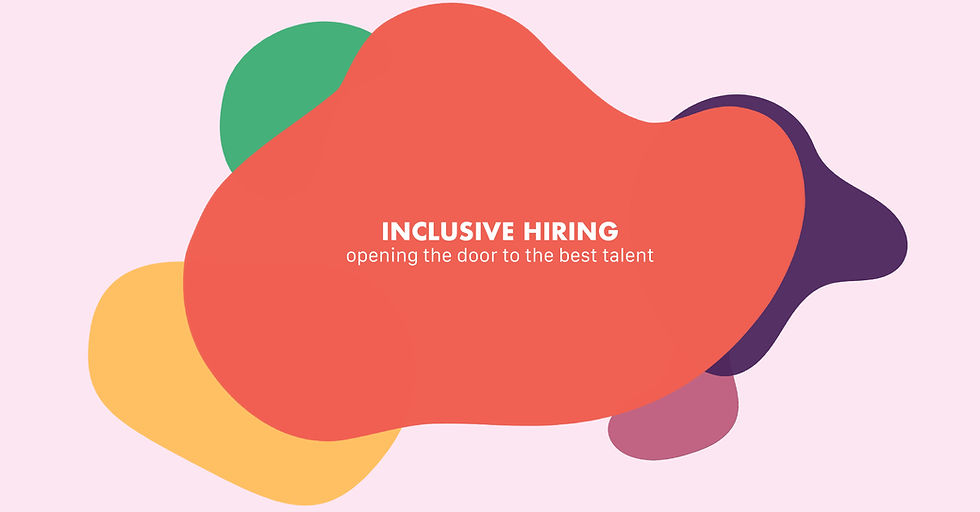A multitude of perspectives: how overlapping identities shape workplace challenges
- Sacha Blom

- Sep 30
- 3 min read
When we talk about inequality in male-dominated industries: motorsport, gaming, tech, the focus often lands on one category at a time. Gender, race, disability, sexuality, but real life isn’t that neat. People don’t live in single boxes, and the barriers they face don’t either. That’s where intersectionality comes in.
When thinking about how to present these topics we refer to examples that speak to the imagination and leave you with a little wonder. Games, motorsport, general tech or any other male dominated industry provide us with case studies that help us make that blind spot for the true goal that comes with diversity, equity and inclusion a little less big. The topics covered in this article are applicable in each and every industry, so take its core messaging and run with it!
What is intersectionality? (without the jargon)
Think of your identity like a map made of different roads: gender, race, class, sexuality, disability, age. Each road can lead to opportunity, or it can have traffic jams and potholes. Now imagine trying to travel across several of those roads at once. Where they intersect, the journey can get a lot more complicated.
Intersectionality, a term coined by scholar Kimberlé Crenshaw, is about understanding those overlapping challenges. It’s not just “gender bias” or “racial bias”, it’s how they stack together, shaping experiences in ways that aren’t visible if you only look at one factor.
Why it hits harder in male-dominated spaces
Take industries where women already struggle to be heard, promoted, or represented.
If you add other identities into the mix (say being a woman of colour, a disabled professional, or an LGBTQ+ person) the barriers compound.
Here are a few common patterns:
The “double bind” effect: People at intersections often face contradictory stereotypes that set them up to lose no matter how they act.
Isolation: If you’re “the only one” in multiple ways, it can feel doubly lonely and harder to find allies or mentors.
Unequal recognition: Contributions may be overlooked or dismissed more quickly, especially if they don’t fit the narrow mold of who “belongs” in that space.
Exhaustion from code-switching: Adapting speech, behaviour, or appearance to “fit in” often takes more energy for those who don’t align with the dominant culture.
Why it matters to everyone
Intersectionality isn’t about dividing people into smaller and smaller groups. It’s about recognising that people carry layers of identity and those layers shape how opportunities, respect, and barriers show up.
If workplaces, teams, and industries only design solutions for “one category at a time,” they’ll miss the full picture. And that means leaving behind talent, creativity, and resilience that could push the industry forward.
Steps toward change
Ask the better question: Instead of “what challenges do women face here?” try “what challenges might women from different backgrounds face here?”
Representation at every layer: Diversity isn’t solved with a single hire or headline. It requires a pipeline that includes different identities across levels.
Intersectional allyship: Notice who’s being left out of conversations or opportunities, and invite them in.
Challenge the defaults: If success always looks, sounds, or acts the same, the system isn’t as meritocratic as it claims.
Intersectionality reminds us that people don’t bring one identity to the table, they bring the whole map. If we want industries to thrive, we need to design spaces where no one has to leave pieces of themselves at the door.





Comments